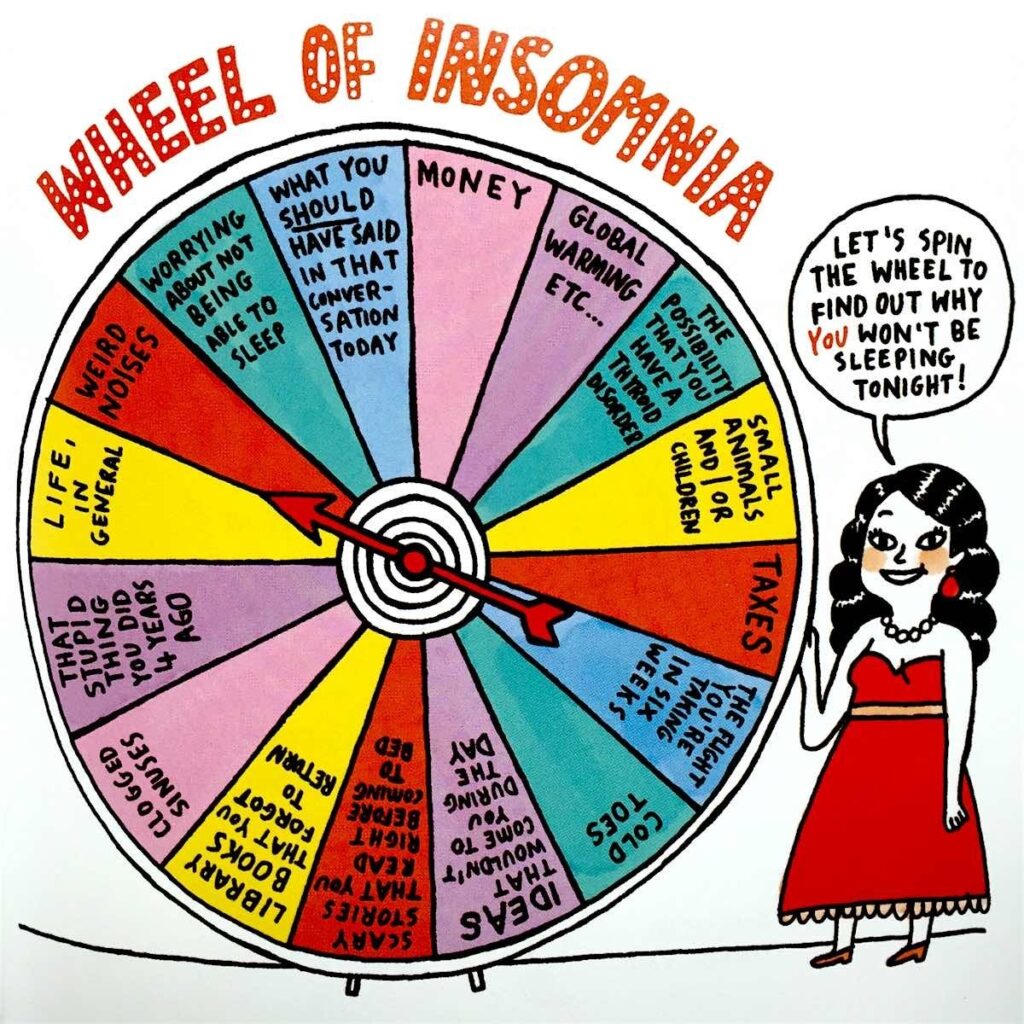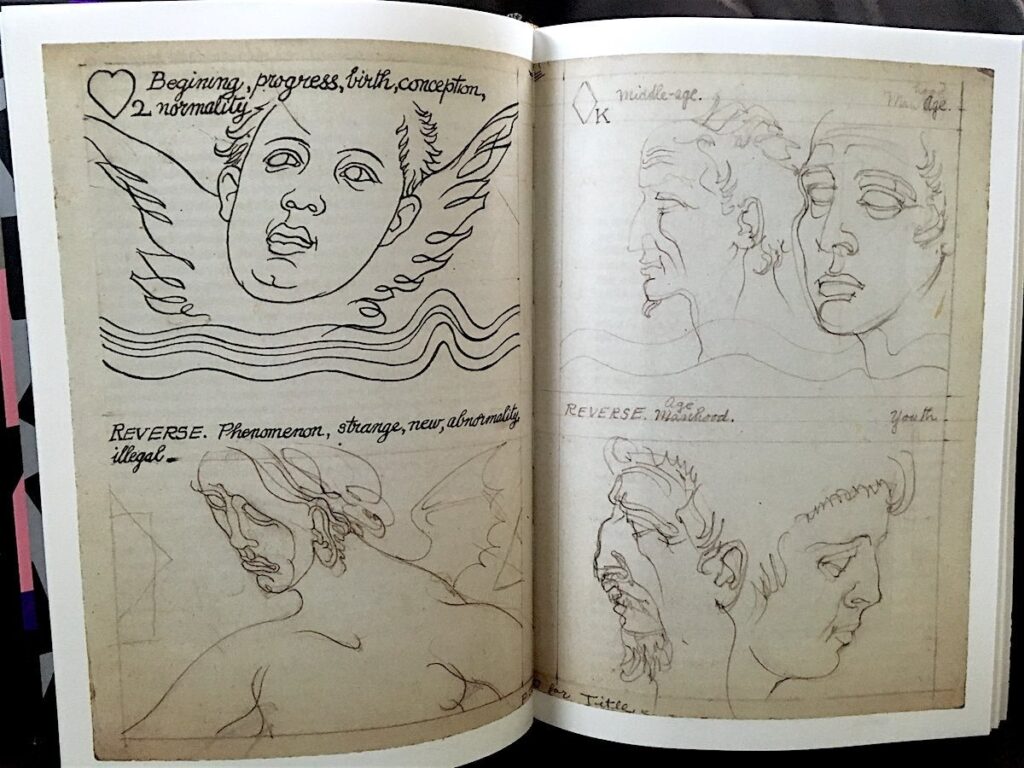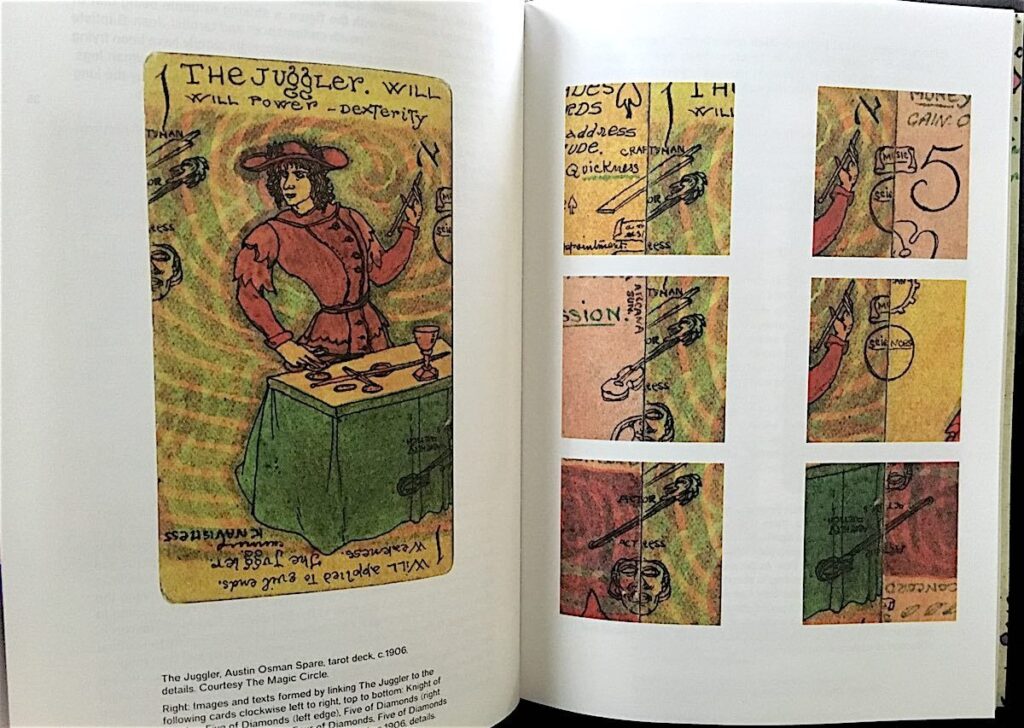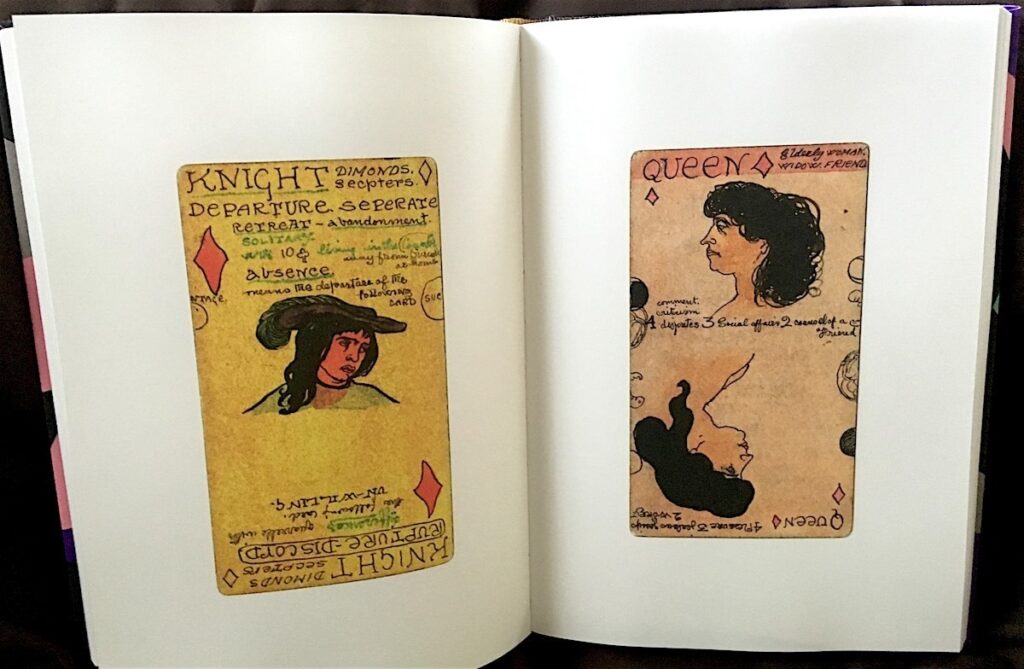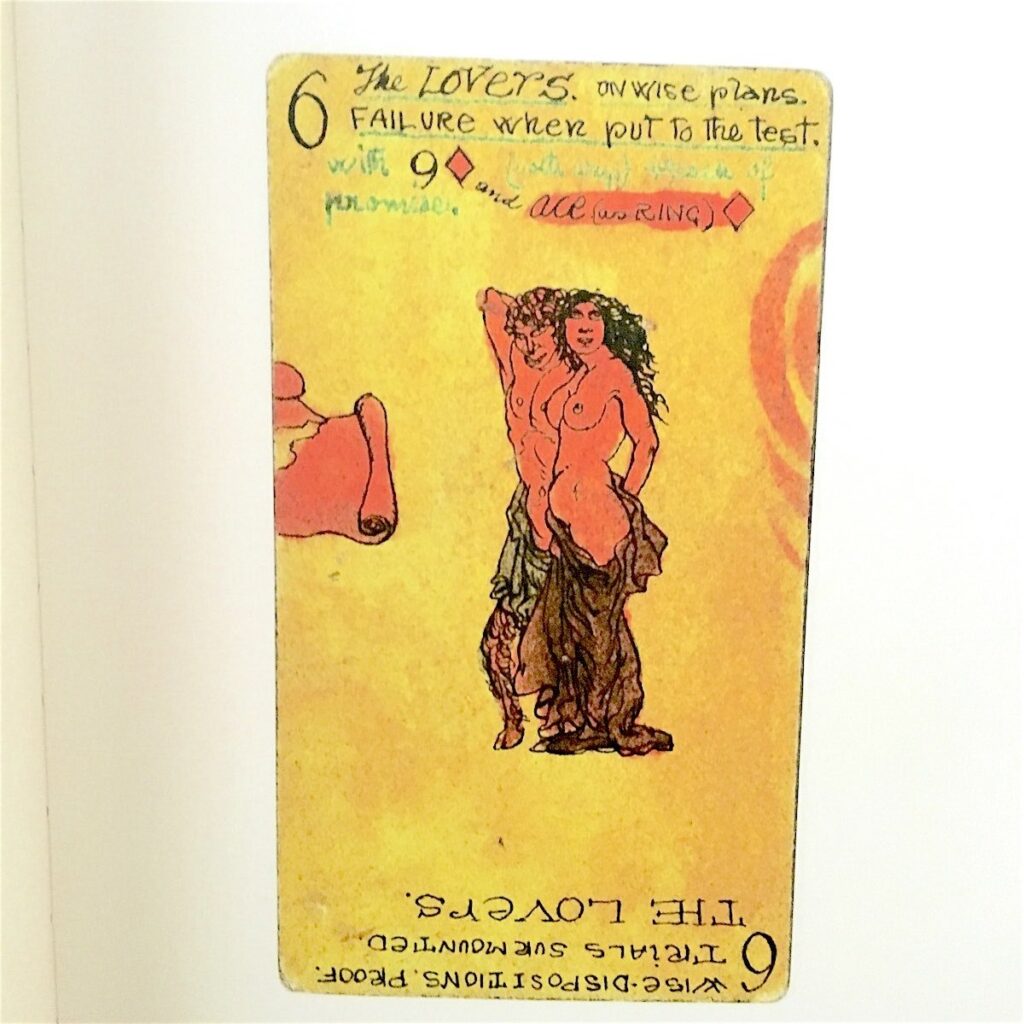Electronic Wind Instrument
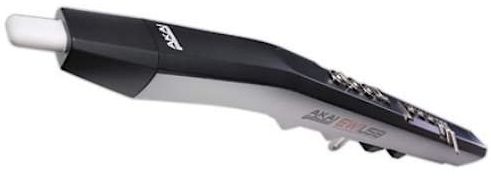
Play a wind instrument only you can hear
As an amateur musician living in a small house, I can’t always pick up my saxophone or flute when I have the urge to make music. Nighttime is off limits, and even during the day I can’t always find a time when I won’t be disturbing the rest of the household. We have a digital piano that I can use with headphones or a computer, but as a wind player I find the keyboard too limiting.
About three years ago, I solved this problem by buying an Akai EWI USB electronic wind instrument. It lets me play quietly, or even silently, while providing more ways to make music than would be practical with real instruments. You hold it like a clarinet or saxophone, touching key pads placed in a similar arrangement to the keys of a real instrument, and blow into a mouthpiece that senses the pressure of your breath. It produces no sound of its own. Instead, you plug it into a computer and choose from dozens of wind, brass, and string instruments to mimic. Add a pair of headphones, and you have a self-contained music studio you can use any time of day or night. You can practice tunes and scales, play along with recordings, and even create your own compositions and arrangements using multiple instruments.
The instrument selection provided by the Akai software includes a full range of woodwinds, brass, and orchestral strings, along with some pitched percussion (like xylophone and glockenspiel) and an assortment of unique synthesizer sounds. The selection includes all the sizes of saxophones, clarinets, brass, double reeds, flutes, and viols. Part of the fun of the EWI is getting to play instruments that you’ve never touched in real life. For instance, I spend a lot of time using the violin sound, and noodling around on bass clarinet or tuba is a blast. The instrument sounds are quite good. The ability to control the volume with your breath adds a natural expressiveness that makes up for the synthetic timbre of some of the instruments. A casual listener might not realize she is hearing an electronic instrument, particularly the clarinets and violin/cello/bass voices.
The EWI’s controls strike a balance between simplicity and realism. Unlike a real instrument, it’s “keys” don’t move. Instead, they are raised metal pads that sense when you are touching them. The layout of the keys closely matches that of a saxophone, though you can configure it to use fingerings that are more similar to a flute, oboe, or even a trumpet. You control the octave using a set of four rollers under your left thumb that give the EWI a five-octave range. Another pair of sensors allows you to bend notes up or down with your left thumb. The mouthpiece, in addition to sensing your breath, also senses the pressure of your bite, providing a way to add vibrato to your tone.
The lack of moving parts makes it extremely reliable, but to your fingers it’s more like playing a keyless instrument like a recorder than a saxophone. It doesn’t take long to get used to once you’ve chosen a fingering configuration.
The real power of the EWI USB and the Akai software comes when you combine them with a music application like GarageBand. The Akai software can act as a plug-in to Garage Band and other software. You can record multiple tracks using different instrument voices. This has greatly expanded my musical capabilities, and I’m now experimenting with creating my own band arrangements.
The EWI USB is not without its flaws. While I’ve had no problems with the Akai software on Macintosh, I’ve seen some pretty severe complaints from Windows users. Users have posted their workarounds and solutions for the Windows problems on the web, but Windows users might want to buy from a retailer with a good reputation for support (like Patchman music). Though it’s a MIDI instrument, it doesn’t have a MIDI port; you have to plug it into a computer. Akai’s documentation is a bit sparse, and doesn’t provide much information on how to use the EWI with other software. While, in principle, the EWI can be used to control any software that accepts MIDI input, I’ve had only limited success with Garage Band’s own (non-Akai) instrument voices. This has more to do with Garage Band’s limitations than EWI’s, but Akai could have done a better job explaining what you can and can’t do with the EWI’s many configuration options. Another problem is that some of the instrument voices sound a bit artificial. Even with breath control, the EWI can’t mimic the variety of sounds that a good player gets out of a real saxophone or trumpet. I’ve found that using Garage Band’s matrix reverb filter (which models the acoustics of real rooms) does a lot to increase the realism of the EWI sounds.
Akai makes a somewhat more advanced version, the EWI4000S, that has a MIDI port and its own built-in sound generator. This might be a better option than the EWI USB if you want to use it in a live performance. Yamaha also makes an advanced wind controller that has moving keys and a mouthpiece that can more closely mimic reed instruments. Both these options are at least twice as expensive as the EWI USB, and may require additional hardware and software instrument “patches” (instrument voices) to match those provided with the EWI USB.
The Akai EWI USB comes with a mouthpiece cap, neck strap, USB cable, and software for Macintosh and Windows computers.
03/21/13Akai EWI USB Electronic Wind Instrument $299








